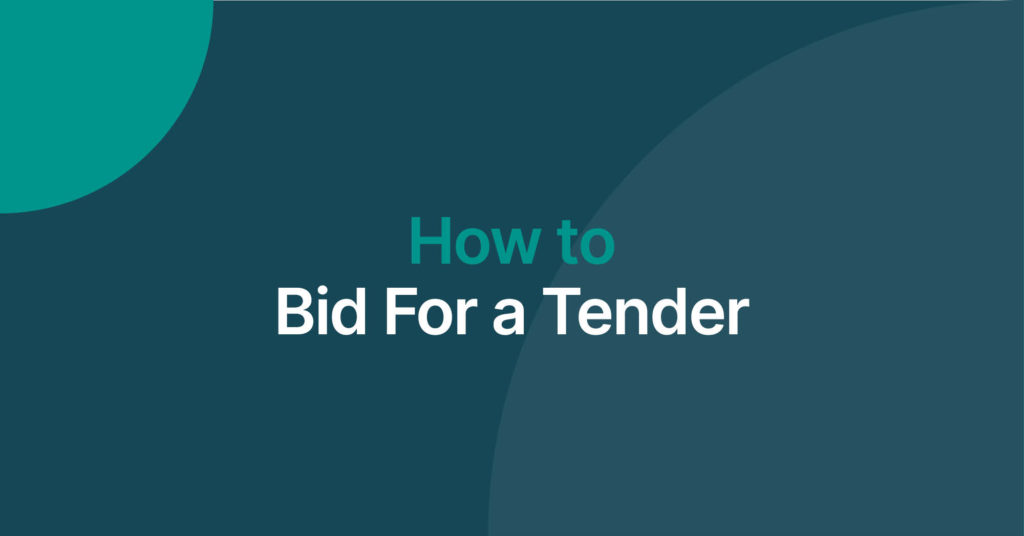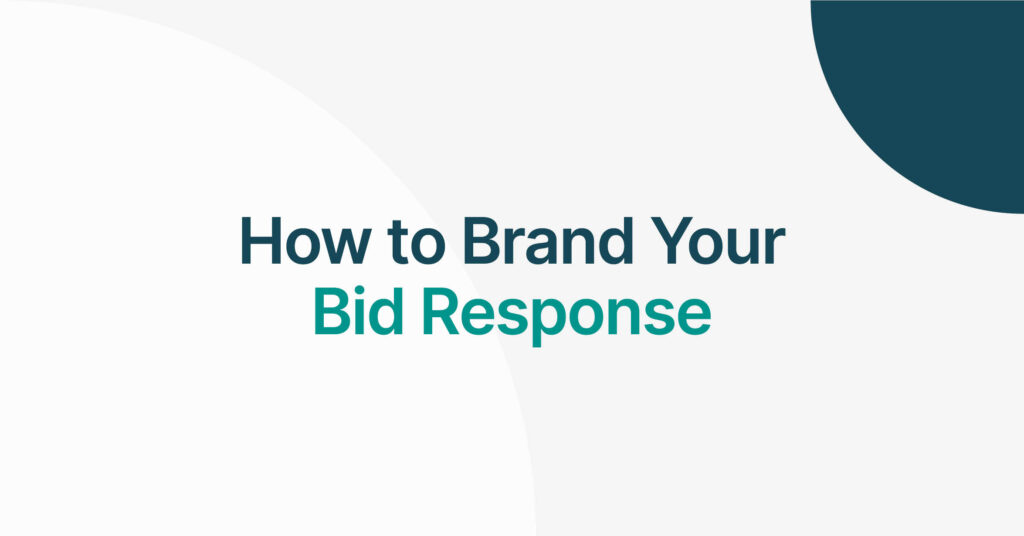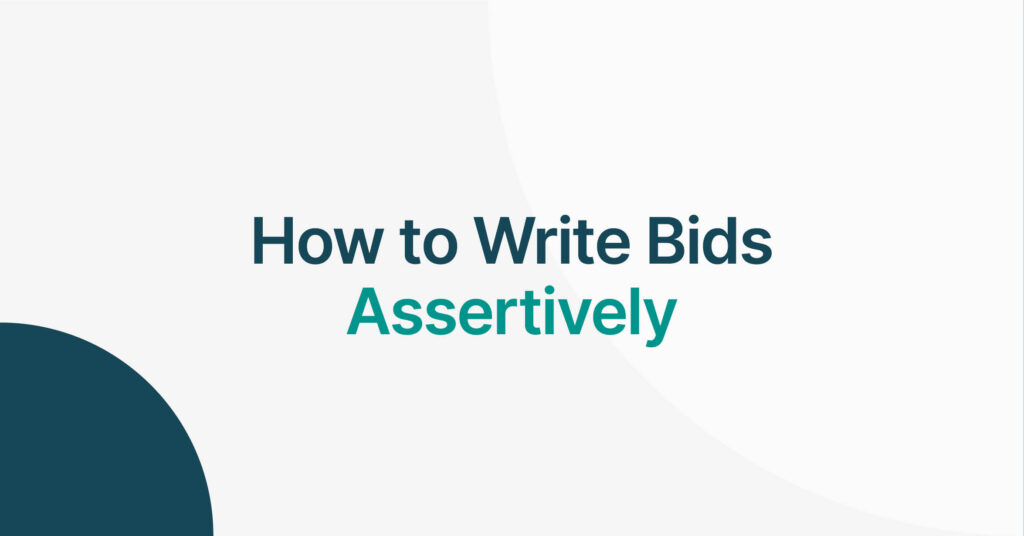ITT Basics
ITT, which stands for an invitation to tender, is a pivotal step in the process of winning new work.
An ITT has many abbreviations (see our Terminology Video by CLICKING HERE), but one thing is clear – it is key to growing a business.
Issuing an ITT document typically begins the ‘tender process’, by which a business (the buyer) selects qualified and interested parties (the supplier), based on such things as their price, availability and proposed delivery terms.
An ITT comes in many forms & sizes and contains varying degrees of complexity. The tender documents all depend on what exactly the buyer is procuring.
You are usually invited to tender, once you have passed a pre-qualification questionnaire (PQQ) and the buyer has deemed you suitable to be shortlisted and provided you with an invitation to submit a more detailed response regarding their requirements. This is called a ‘closed tender’ – as the buyer has chosen its shortlisted applicants in order to evaluate their responses.
CLICK HERE to find out more information on the basics of PQQs.
Draft ITTs are sometimes provided alongside PQQs, to give you [the supplier] a good idea on specified requirements of the contract, as the PQQ itself usually only covers briefly what is expected, with more detailed stipulations being released to those who are shortlisted.
Remember that an ITT is not always the ‘second stage’ in tendering. Buyers may jump straight in with releasing an ITT and await detailed responses from suppliers. This is called an ‘open tender’ and happens quite regularly in that there is no separate PQQ and shortlisting stage and the buyer has opened up competition publicly and will evaluate every response that comes in.
Please see the attached for the typical structure of an ITT. This is a brief blank version that we use internally to support buyers with their procurement processes. As mentioned it is down to the buyer’s requirements, which determines the size and scope of what is contained in a tender document.
The typical tender, based on Public Procurement Regulations and European best practice, provides the supplier with the following information. This is used heavily across the public sector and has been increasingly adopted within the private sector also:
- A Cover/ITT Letter – as per a ‘closed tender’, this is provided to all relevant suppliers when they have been invited to tender from the initial shortlisting stage (PQQ). If the buyer releases an ‘open tender’ to all, then this is usually a generic-looking letter (similar to the attached).
- A Scope of Procurement – this provides the supplier with information regarding what exactly they are procuring and the dates involved in the contract (start date, length, approximate value etc.). This is usually based on sourcing the most economically advantageous tender (MEAT), where technical capability and price is majorly assessed. Take note of how this all turns out – if it’s a framework agreement (for example) this should detail how many suppliers are sought for a multi-supplier contract.
CLICK HERE to find out more about sourcing the MEAT and a typical tender journey.
- Submission Terms – this explains how you submit the tender and when it should be submitted by. A timeline is usually provided here which details every time-bound step of the tender procedure.
CLICK HERE to find out more about how best to manage your time with tenders.
A Buyer Profile
This is quite simply information about the buyer. This will outline their overall missions and objectives, as well as background and some context to why they are procuring such services.
The Award Criteria
This is where the buyer will detail how the tender is assessed and evaluated. This should provide you with how the ‘MEAT’ is assessed through quality and cost ratios (for example, quality may be marked at 60% and the cost is evaluated at 40% of the overall marks).
Specification
This is one of the most important aspects of the tender. Sometimes this can be 1 page long or 100 pages long, depending on the services/goods being procured. Make sure you read this and highlight areas in which you can excel your response (for example, if you have to use a specific ‘tool’, make sure this is noted, and you’re not writing about a different tool
Separate Appendices
This can vary widely depending on how the tender has been put together. This can include pricing schedules, a quality response template, terms and conditions of the contract, key performance indicators that will be used (if not enveloped in the specification) and many other supplementary attachments which are featured to enable transparency in the evaluation process.
This list features only a handful of the data that constitutes an ITT. There may be more or less at times.
Our goal here at Tender VLE is to help you understand, as part of a wider goal of cutting the red tape that hinders many people’s tendering efforts. We want to make tendering and procurement a whole lot easier to understand for SMEs and for wider sectors.
If you require any additional support whatsoever, our tender consultants have seen it all. Get in touch now for further assistance by CLICKING HERE!
Join in the discussion on our LinkedIn forum by CLICKING HERE!
Get access to hundreds of ITTs every week by signing up to one of our industry-specific portals by CLICKING HERE!








